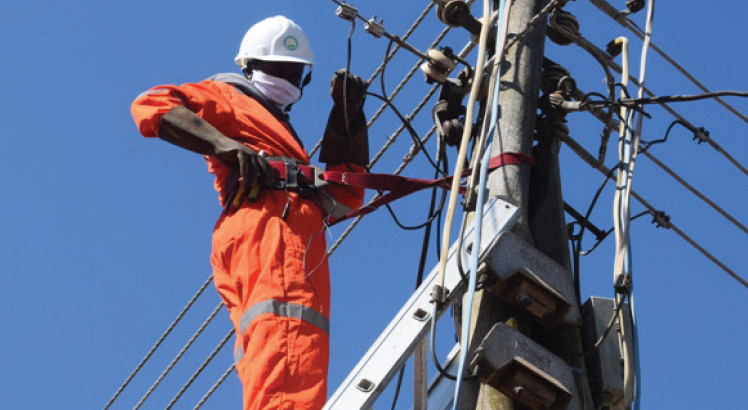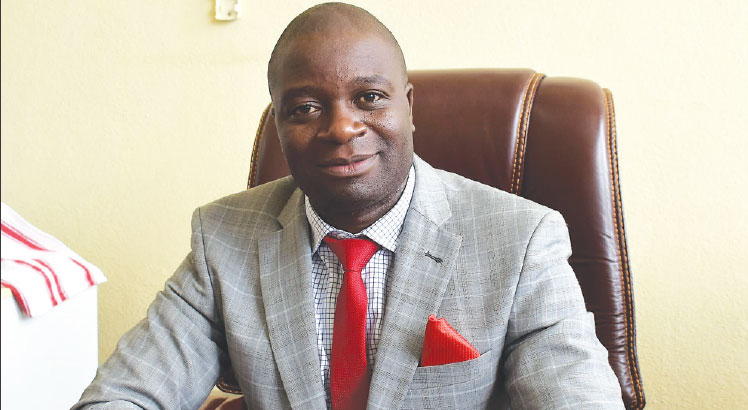Malawi’s inflation hits 28.3 percent high
Malawi’s year-on-year inflation for September jumped to 28.3 percent, a 2.8 percentage points increase from 25.5 percent fuelled by a rise in food prices, the National Statistical Office (NSO) said on Monday.
The rise means consumers’ purchasing power will continue to dwindle at a time the cost of living is rising to unsustainable levels owing to the ravaging effects of the nearly 50 percent devaluation of the kwacha and its subsequent floatation in May this year, resulting in the continuous weakening of the local unit; hence, fuelling imported inflation.
“Food inflation has gone up by 27.7 percent compared to 2.7 percent during the same period last year. Core inflation has gone up by 28.8 percent compared to 12.5 percent during the same period last year,†said the NSO in its Stats Flash.
Core inflation is a measure of inflation which excludes certain items that face volatile price movements, notably food and energy.
Inflation on food, which weighs in heavily at 58 percent in the Consumer Price Index (CPI)—a measure that examines the weighted average of prices of a basket of consumer goods and services—is expected to increase as the lean season continues.
But the NSO said the urban and rural rates are 31.1 percent and 26.6 percent, respectively.
But Consumers Association of Malawi (Cama) executive director John Kapito disputed the figures, arguing they are not a real reflection of what is on the ground.
Economic analysts say a rise in inflation can also reduce savings, affecting funds available for capital investments, resulting in low private sector activity and slow economic growth.
Gross domestic product (GDP) growth is expected to slow to 1.6 percent from an initial estimate of 4.3 percent owing to a negative growth in manufacturing and agriculture sectors, according to Reserve Bank of Malawi (RBM) Governor Charles Chuka.
In the September 2012 economic review, Nico Asset Managers Limited also forecast a rise in inflation, but indicated it will be moderated by aid-funded subsidies for poor households and that the rate is likely to remain in double digit.
A 28.3 percent rate should be a cause for concern for monetary authorities who are hoping for the rate to start going down.
Chuka, however, said in September that they estimate inflation to be between 21 percent and 24 percent by end-year with an average of between 17.5 percent and 19.8 percent for the year.





